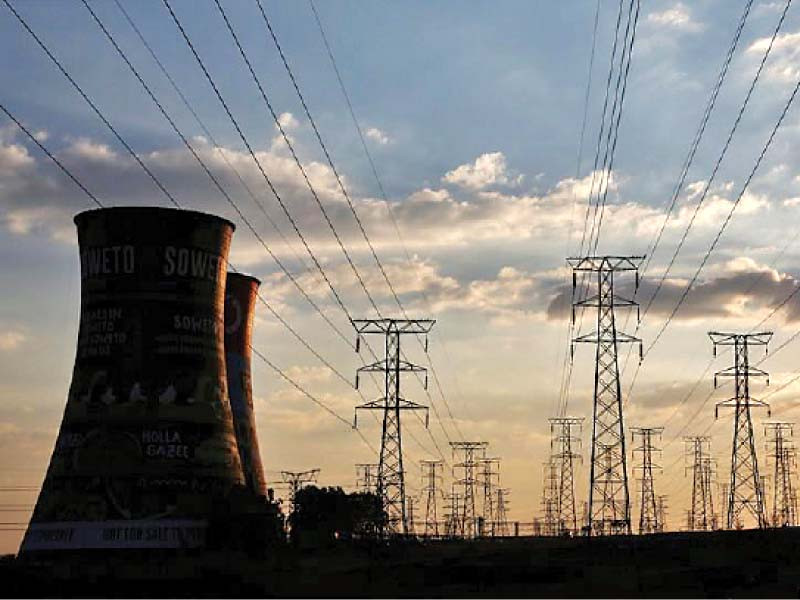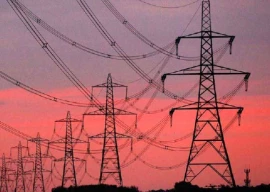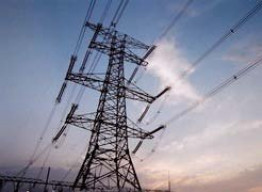
The National Electric Power Regulatory Authority (Nepra) has allowed an increase of Rs1.65 per unit in power tariff, under quarterly adjustments, which will empower the distribution companies to collect Rs173 billion from consumers in the next one year.
The electricity consumers were expecting some relief at the expiry of early adjustments of Rs1.62 per unit on September 30, 2021, however, Nepra announced the transfer of new adjustments equal to Rs1.65 per unit to the consumers with effect from October 1, 2021.
According Nepra spokesperson, the regulator allowed power distribution companies to increase power tariff by Rs0.8276 per unit for the fourth quarter of fiscal year 2019-20, and Rs0.8966 for the first and second quarters of FY2020-21.
The official said that that for the third quarter of FY2020-21, the regulator allowed a decrease of Rs0.0673 per unit in power tariff. The total impact of the new adjustments is Rs1.65 per unit. The consumers are likely to pay Rs173 billion in their power tariff in one year.
Under the tariff mechanism, changes in fuel cost are passed on to consumers on a monthly basis through an automatic mechanism while QTAs on account of variation in power purchase price, capacity charges, variable operation and maintenance costs, use of system charges and impact of transmission and distribution losses are built in the base tariff by the federal government on the basis of Nepra’s determination.
“The authority determined quarterly adjustments of XWDISCOs for the fourth quarter of FY2019-20 vide decision dated February 10, 2021, with a uniform rate of Rs0.8276/kWh and the same was intimated to the federal government for notification in the official gazette. Subsequently, the authority determined quarterly adjustments for the first and second quarters of FY2020-21 vide decision dated May 6, 2021, with a uniform rate of Rs0.8966 per unit.”
In its decision it is pertinent to mention that the authority had already determined quarterly adjustments of XWDISCOs for the second and third quarters of FY2019-20 with a uniform rate of Rs1.6236 per unit. The federal government notified the said periodic adjustments which is to remain effective till September 2021.
The federal government in view of the Regulation of Generation, Transmission and Distribution of Electric Power (Amendment) Ordinance, 2021, filed Reconsideration Request (the Request) dated May 21, 2021, against the decisions of the authority (February 10, 2021 and May 6, 20201).
Read More: NEPRA allows 26.44 paisa cut in power tariff
The federal government in its request submitted that National Power Policy, 2013 developed by it and approved by the Council of Common Interests on July 31, 2013 is in vogue and, inter alia, stipulates that the low-end consumers will be protected from any price escalation and tariff rationalisation will be done.
In addition to the above, the federal government submitted that in terms of the provisions of the act, as amended through Regulation of Generation, Transmission and Distribution of Electric Power (Amendment) Ordinance, 2021, periodic quarterly adjustments are to be made by the authority, inter alia, in line with policy guidelines of the federal government.
Further, per the provision of recently added Section 31(8) of Nepra Act, the federal government has been empowered to impose surcharges for the purposes stipulated therein. Contrary observations made in the determination with respect to the power of the federal government to impose surcharges is, accordingly, required to be reconsidered.
In view of the above discussions, considering the submissions made by the MoE in its request and during the hearing and keeping in view the interest of consumers, the authority accepts the request of the federal government that the effectiveness of the recommended periodic adjustments for the for the first and second quarters of FY2020-21, be made effective from October 2021 (after the lapse of the existing quarterly adjustments -- September 30, 2021). Accordingly, the quarterly adjustments for the first and second quarters of FY2020-21, determined by the authority vide decision dated May 6, 2021, would be applicable from October 1, 2021 and would remain applicable till September 30, 2022.
Regarding quarterly adjustment for the fourth quarter of FY2019-20, the authority believes that since it will be interest of the consumers, therefore, the authority has no objection if the federal government desires to make it effective from October 2021.
It is pertinent to mention that the deferment of quarterly adjustments to be made applicable from October 1, 2020 is purely being done on the request of the federal government, therefore, any financial impact arising out on account of delayed application of the determined quarterly adjustments, would not be allowed to be passed on to the consumers and would be borne by the federal government itself.
However, Nepra in a statement said that earlier quarterly adjustments of Rs1.62 per unit expired on September 30, 2021 and are replaced by Rs1.65 per unit. So the net increase is three paisas per unit, Nepra insisted.



1719660634-1/BeFunky-collage-nicole-(1)1719660634-1-165x106.webp)

1732276540-0/kim-(10)1732276540-0-165x106.webp)




1724249382-0/Untitled-(640-x-480-px)1724249382-0-270x192.webp)










COMMENTS (3)
Comments are moderated and generally will be posted if they are on-topic and not abusive.
For more information, please see our Comments FAQ